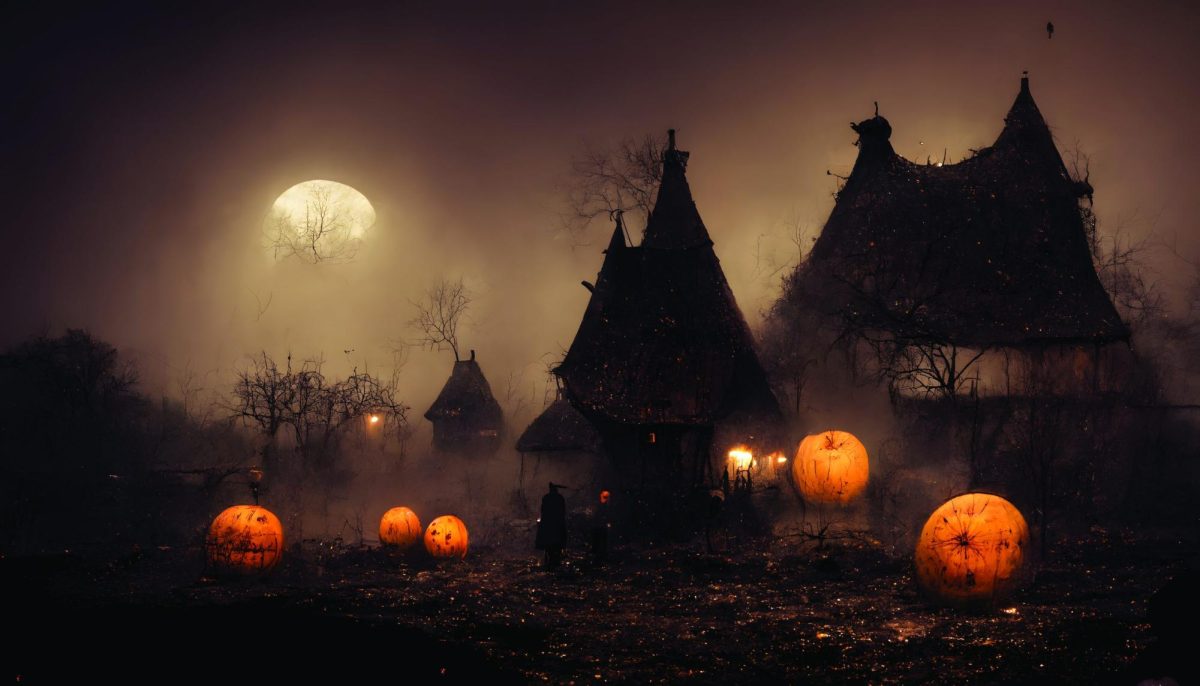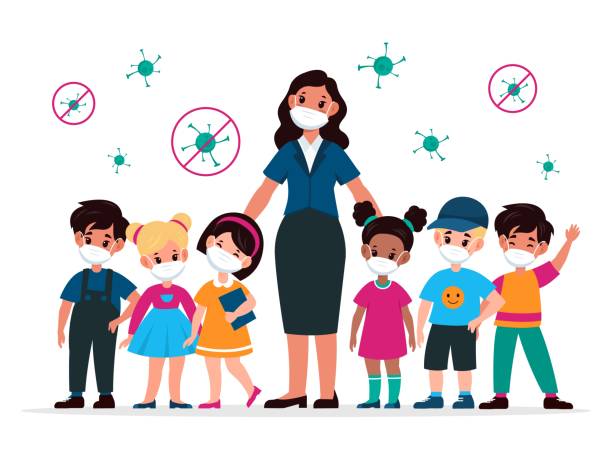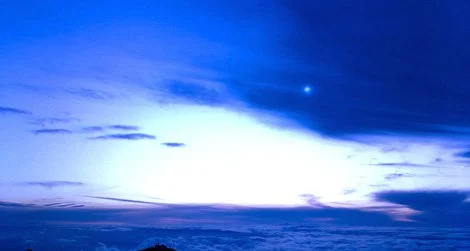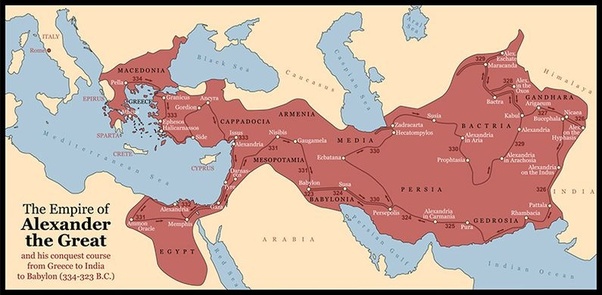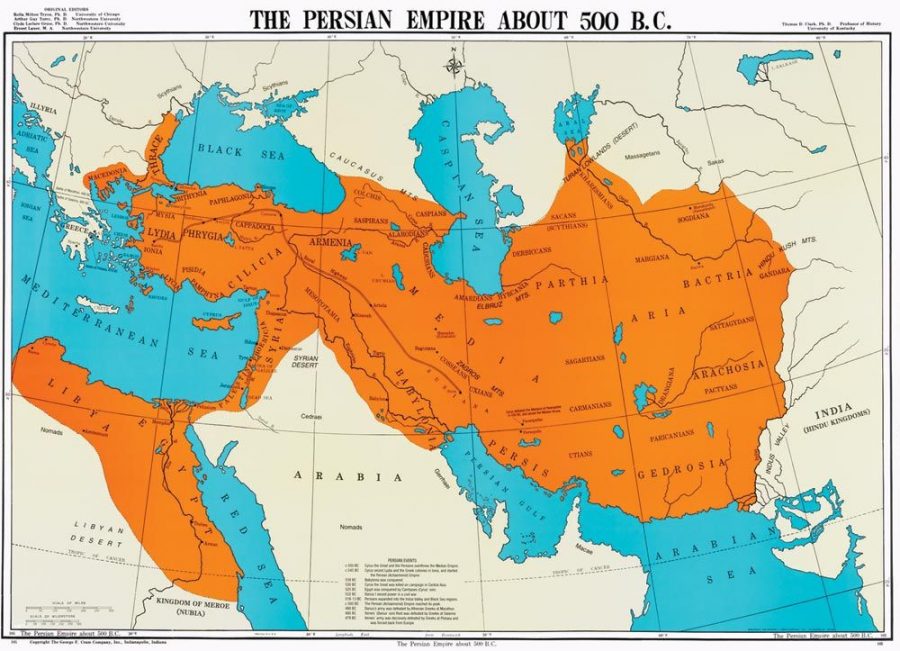Ghosts float in the air; demons lurk in the shadows, and skeletons rattle down the street, while candy bowls come out and kids in spooky costumes run around the neighborhood. It’s that time of the year again: Halloween! But how many of us have ever stopped to ask ourselves from whence such a night came? Let’s creep into the history of Halloween and find its haunting beginnings.
According to legends, Halloween originated over 2,000 years ago in the country of Ireland with a festival called Samhain. On the eve of November 1st, there would be feasting and playing games as winter began, a season they believed created confusion between the living and the spirit realms. This night, they believed, spirits roamed about. “Samhain was a reminder that the dark season was coming,” says Bannatyne, a Halloween expert from Massachusetts. “Old Irish sagas tell of fairy mounds opening, releasing all sorts of supernatural creatures.”
These haunting traditions gradually crossed the Atlantic to the U.S. and took the form of what we know today as Halloween. The early masquerade was far from the Halloween parade seen today. It was mainly a harvest celebration with ghost stories, singing, and dancing. “Halloween in the late 1800s was all about having fun,” says Bannatyne. But soon, things started to get really spooky.
When Irish immigrants came to the U.S., they brought with them all those haunted traditions. One included dressing in costume and going door-to-door asking for food or money, and if not, the naughty children would prank them. Eventually, the tradition evolved into today’s well-known trick-or-treat.
In Ireland and Scotland, people used to carve scary faces into turnips, put a candle inside, and set them out to ward off evil spirits, goblins, and ghosts. This is one of those customs arising from the legend of “Stingy Jack,” who tricked even the Devil himself. At his death, the personal curse of the Devil was that he should roam in the darkness of the night, having only a glowing ember inside a carved-out turnip to light his way. When Irish immigrants came to the United States looking for work, pumpkins replaced turnips, and the Jack-O’-Lantern came to light.
As Halloween continued to grow in America, it mixed old traditions with new ones: bonfires, haunted houses, and creepy costumes added to the day we now know. Though Halloween has passed many centuries and experienced some change on its way, the atmosphere of mystery and fun can be felt even stronger than ever.
